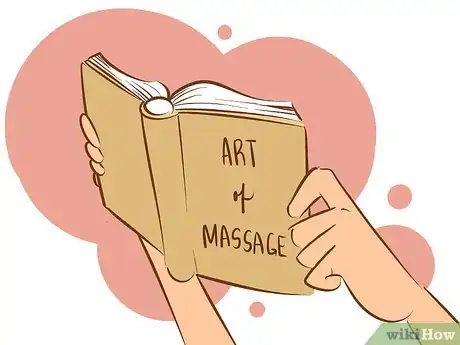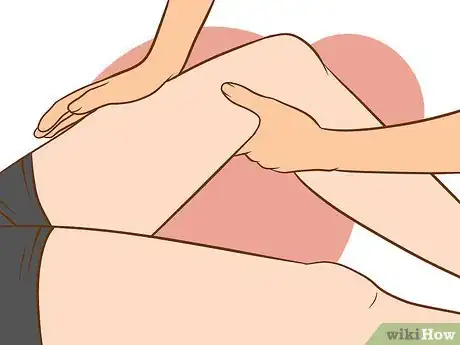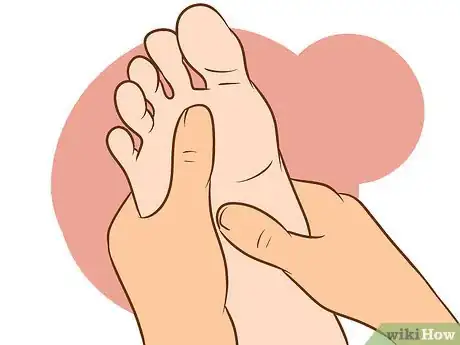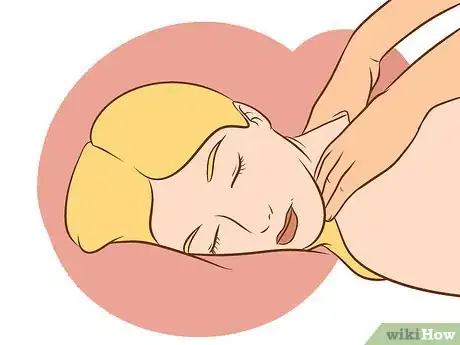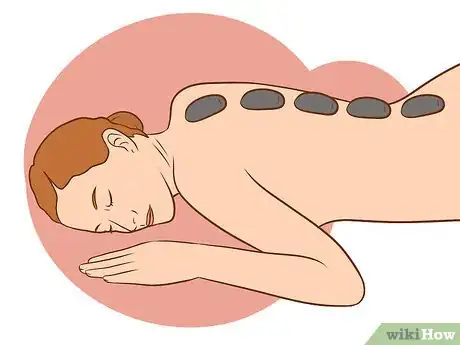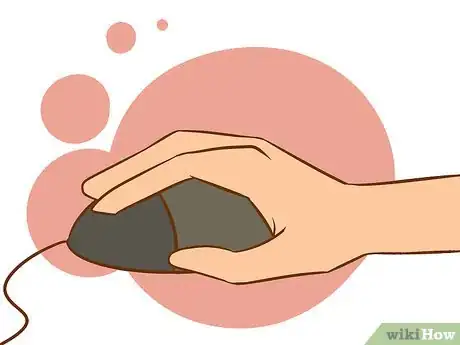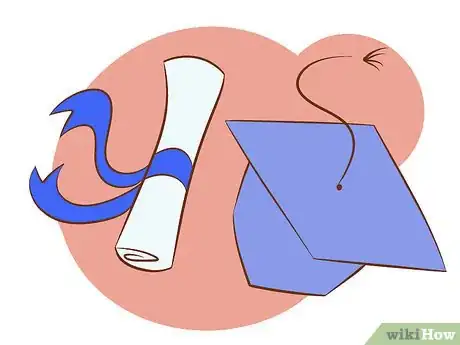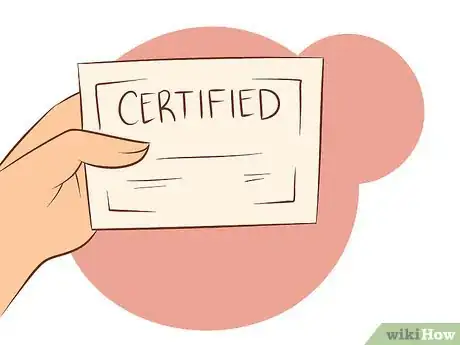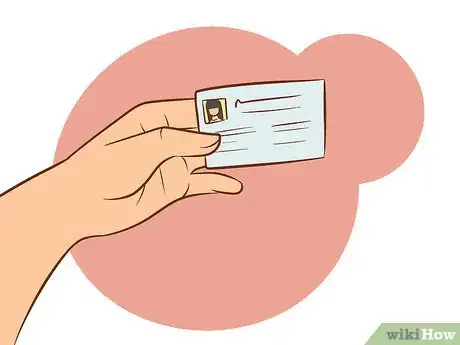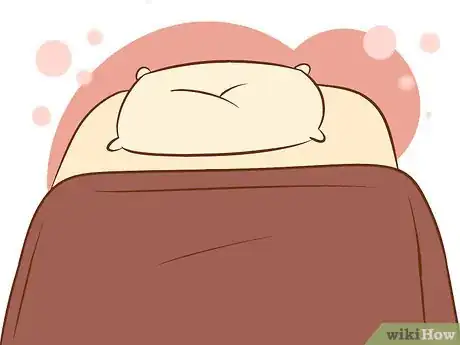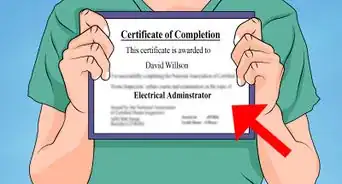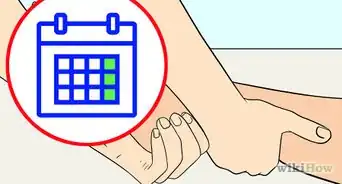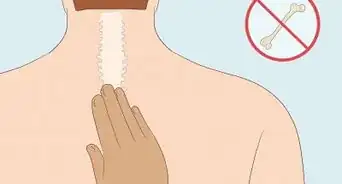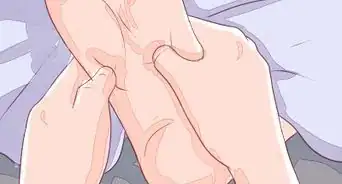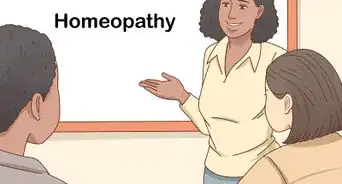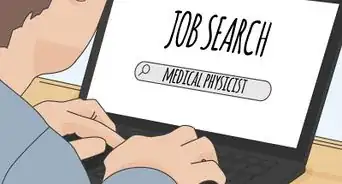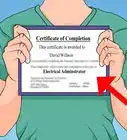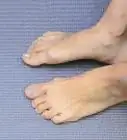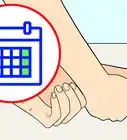This article was co-authored by Marty Morales and by wikiHow staff writer, Eric McClure. Marty Morales is a Professional Massage Therapist and the Founder and Owner of the Morales Method, a manual therapy and body conditioning business based in the San Francisco Bay Area and in Los Angeles, California. Marty has over 16 years of massage therapist experience and over 13 years of experience educating others on the best practices for massage therapy. Marty has over 10,000 hours of private practice logged and is a Certified Advanced Rolfer and Rolf Movement Practitioner, CMT. He has an MBA in Finance from Loyola Marymount University, Los Angeles.
There are 13 references cited in this article, which can be found at the bottom of the page.
wikiHow marks an article as reader-approved once it receives enough positive feedback. In this case, 100% of readers who voted found the article helpful, earning it our reader-approved status.
This article has been viewed 773,950 times.
Massage therapy helps millions of people cope with physical ailments, sore muscles, and emotional distress. If you have a gift for giving a wonderful massage, becoming a professional massage therapist could be a great career opportunity and a way to truly help other people with your skill.
Steps
Gaining Massage Experience
-
1Figure out if your heart's in the right place. You might be good with your hands, but are you also patient and empathetic?[1] Massage therapists need to be concerned about other people's holistic wellbeing. [2] Receiving a massage is a very intimate experience. A good massage therapist respects that the art of massage is both physical and emotional.
-
2Learn about the art of massage. A great way to learn more about the massage arts is to talk with a massage therapist, and get a massage yourself. Ask plenty of questions about what the profession entails, and start thinking about what type of massage therapist you want to be.[3]
- Do some research. Look online for information about different types of massage, or check out massage books at your local library. You can learn a lot about massage therapy just by reading about it.
- Practice on friends. Start getting a feel for what your "bedside manner" should be like, and how a typical session should go.
Advertisement -
3Consider specializing. There are many specialties in massage therapy and most massage therapists concentrate on one or more of these, especially when starting out. Different types of massage are used to different ends; some are geared toward healing muscles, some toward easing stress, and others toward helping with specific physical ailments.[4] While you can, and probably will, learn more than one massage style, it's a good idea to think about what you're most interested in so that you can be sure to get appropriate training. Here are a few different types of massage to look into:
- Sports massage. This form of massage is designed to help athletes recover from injuries and everyday play, allowing them to perform at their physical best at the next game.
- Clinical massage. This focuses on using massage to heal physical ailments. A thorough understanding of anatomy is required.
- Swedish massage. This is the most common type of massage, and is used for both healing and relaxation purposes.[5] Deep tissue massage is a similar form of massage, but more pressure is exerted on the muscles.
- Reflexology, reiki, acupressure, and hot stone massage are all special types of massage that serve specific purposes.
Getting Licensed and Certified
-
1Research your jurisdiction's licensing requirements. Before you start training, it's a good idea to make sure that you understand how to satisfy your jurisdiction's licensing requirements so you'll know what kind of training will qualify you to be licensed.
- In the U.S. most states have some form of licensing, so check with your state's licensing board to get more information.[6] Keep in mind that even if your state does not have licensing requirements, your city or county may.
- Some jurisdictions require licensing for some types of massage but not for others.
-
2Find a suitable training program. There are plenty of massage schools out there. You may have seen their ads or even received advertising materials for some of them. Keep in mind that these schools are businesses that are trying to make money, so be sure to check out all their claims carefully. Look for a program that leads to certification and which satisfies your jurisdiction's licensing requirements, which may include accreditation.[7]
- Most massage schools teach basic Swedish massage and allow you to choose other specialties in addition to that. Look for a school that caters to any specialties you are most interested in.
- You can research schools online, or you can ask massage therapists what schools they went to and what they thought of their experiences.
- You'll also want to consider your budget. Massage schools can be quite expensive, with tuition ranging from a few thousand dollars to tens of thousands. Most schools offer some kind of financial assistance, including federal student loans.
-
3Complete your training program. In the U.S., many states require at least 500-600 hours of training, so you can expect to spend at least that much time in the classroom and practicing.[8] You can find a range of course lengths. How long it takes you to complete the program will depend on how many classes you take at one time; how quickly you complete your "practice" massages, and what your specialty is. Depending on the program you take, you will graduate either with certification in a certain specialty or with a degree.
-
4Consider Getting certified. Not all jurisdictions require certification, but becoming board certified can open a lot of doors for you. In the U.S., the National Certification Board for Therapeutic Massage & Bodywork administers an exam-based certification program. National Certification is not really needed unless it is required by your state for licensing.[9]
-
5Get licensed. As mentioned before, you may need to become licensed in your jurisdiction. Your school should be able to assist you in understanding the licensing requirements and obtaining your license. National Certification is required by some states in the U.S., while others do not require it, and others require their own professional licensing exam.
- Many states are now accepting another exam offered by the Federation of Massage State Boards, which could lead to National Certification becoming obsolete.[10]
- If you plan to start your own business, you will also most likely need to also get a business license from your state or municipality before you can practice.
Practicing as a Massage Therapist
-
1Decide whether to start your own business or look for a job. In the past, just about all massage therapists worked for themselves. Now there are a growing number of salaried jobs in massage therapy at massage parlors, spas, hotels, and other establishments, so you have a lot of options. Most jobs are low paying and start at $15 an hour, but you can find some jobs that pay much more than that.
- While you can usually make more money starting your own business, it can be difficult to get clients at first, and business expenses can pile up. If you want to start your own business, you'll need to lease a space in a central location to pick up plenty of clients.
- Another option is to contract with a health care provider or group of massage therapists to share a space. You'd still be in charge of your own services and business, but you'd have more security operating out of an established.
- Your massage school should be able to provide some counseling to help you make your choice.
-
2Take care of business items. Setting up a massage business is similar to setting up other types of small businesses. In order to legally operate as a business, there are certain requirements you must follow:[11]
- Pick a business name and get it registered.
- File incorporation documents with the state.
- Apply for an Employer Identification Number with the IRS.
- Get a small business loan to help you start your business.
- Get insurance. Call an insurance agent and figure out what insurance you'll need to protect you from malpractice and liability in your state.
-
3Set up your massage space. If you're running your own business, you'll be in charge of setting up the space. It's important for it to be extremely clean as well as welcoming and warm, so your clients feel comfortable spending time there. Here's what you'll need to do:
- Purchase equipment. You'll need a massage table, chair, pillows, sheets, lotions, oils, and any equipment you may need for the specialized type of massage services you're offering.
- Create a relaxing atmosphere. Have candles, light dimmers, or soft natural lighting in your space. Paint the walls a soothing earth tone, and hang calming art on the walls.
- You may want to offer a changing room and a place for clients to store their belongings during the session.
- Make sure the bathroom area is also clean and calming.
-
4Market your services. The field of massage arts is growing, so it's important to find ways to set yourself apart from other massage therapists. What is it about you or your business that makes you unique and appealing? Spread the word about your business in the following ways:[12]
- Use social media. Create a Facebook page and a Twitter account to announce deals and other news.
- Take out a local advertisement. Put yourself on the map by advertising in a local weekly newspaper.
- Have a grand opening event. Offer a tour of the facilities and a discount to people who come to the party. Don't forget to serve refreshments!
- Provide excellent service. The best way to get more clients is to do a wonderful job with the first few, so people will start recommending you to their friends.
References
- ↑ https://www.ameritech.edu/blog/empathy-when-providing-care/
- ↑ https://www.webmd.com/balance/guide/what-is-holistic-medicine
- ↑ https://www.webmd.com/balance/guide/massage-therapy-styles-and-health-benefits
- ↑ https://lifehacker.com/whats-the-difference-between-all-these-types-of-massag-1522088430
- ↑ http://www.massageenvy.com/types-of-massage/swedish.aspx
- ↑ https://www.massagetherapylicense.org/
- ↑ https://www.massagetherapylicense.org/articles/become-a-massage-therapist.html
- ↑ https://www.massagetherapylicense.org/education/massage-therapy-schools.html
- ↑ https://www.ncbtmb.org/certificants/
Expert Q&A
-
QuestionWhat types of massages should I offer when I'm first starting out as a massage therapist?
 Marty MoralesMarty Morales is a Professional Massage Therapist and the Founder and Owner of the Morales Method, a manual therapy and body conditioning business based in the San Francisco Bay Area and in Los Angeles, California. Marty has over 16 years of massage therapist experience and over 13 years of experience educating others on the best practices for massage therapy. Marty has over 10,000 hours of private practice logged and is a Certified Advanced Rolfer and Rolf Movement Practitioner, CMT. He has an MBA in Finance from Loyola Marymount University, Los Angeles.
Marty MoralesMarty Morales is a Professional Massage Therapist and the Founder and Owner of the Morales Method, a manual therapy and body conditioning business based in the San Francisco Bay Area and in Los Angeles, California. Marty has over 16 years of massage therapist experience and over 13 years of experience educating others on the best practices for massage therapy. Marty has over 10,000 hours of private practice logged and is a Certified Advanced Rolfer and Rolf Movement Practitioner, CMT. He has an MBA in Finance from Loyola Marymount University, Los Angeles.
Professional Massage Therapist Start with the basics, including Swedish, deep tissue, and sports massages. You could also offer Thai massage and shiatsu. Offer these basics at first to get a sense of what you like and dislike. Then, you can pursue training in other types of massage based on your preferences.
Start with the basics, including Swedish, deep tissue, and sports massages. You could also offer Thai massage and shiatsu. Offer these basics at first to get a sense of what you like and dislike. Then, you can pursue training in other types of massage based on your preferences.
Warnings
- In jurisdictions where licensing is required, practicing massage without a license could result in fines and being barred from future practice.⧼thumbs_response⧽
- The techniques are tools that a massage therapist uses to connect with a client and are important to learn in school. The likelihood of injuring a person is really low that is why the liability insurance for massage therapists is also low.⧼thumbs_response⧽
- The word masseuse and masseur is now becoming outdated and more associated with prostitution. Be careful not to ask for a masseuse because you will get just the happy ending you requested.[13]⧼thumbs_response⧽
About This Article
To become a masseuse, learn about the art of massage to see if it’s right for you. Search for information online about different kinds of massage, such as sports massage and Swedish massage, and practice techniques on your friends. When you’re ready to get certified, find a massage school and course length that works for you. You’ll want to look at cost of the program, financial aid options, and whether or not the course leads to certification. To learn how to start your own massage therapy business, read on!

